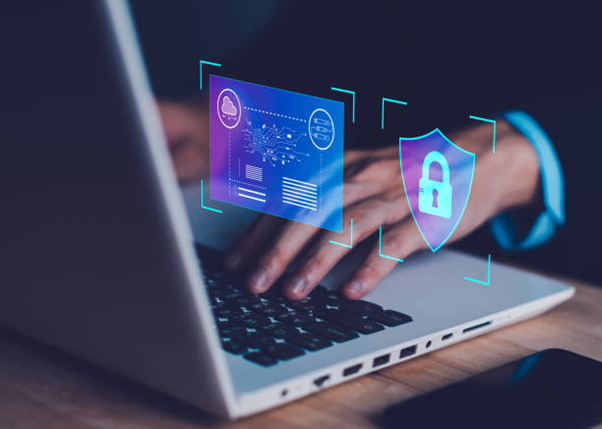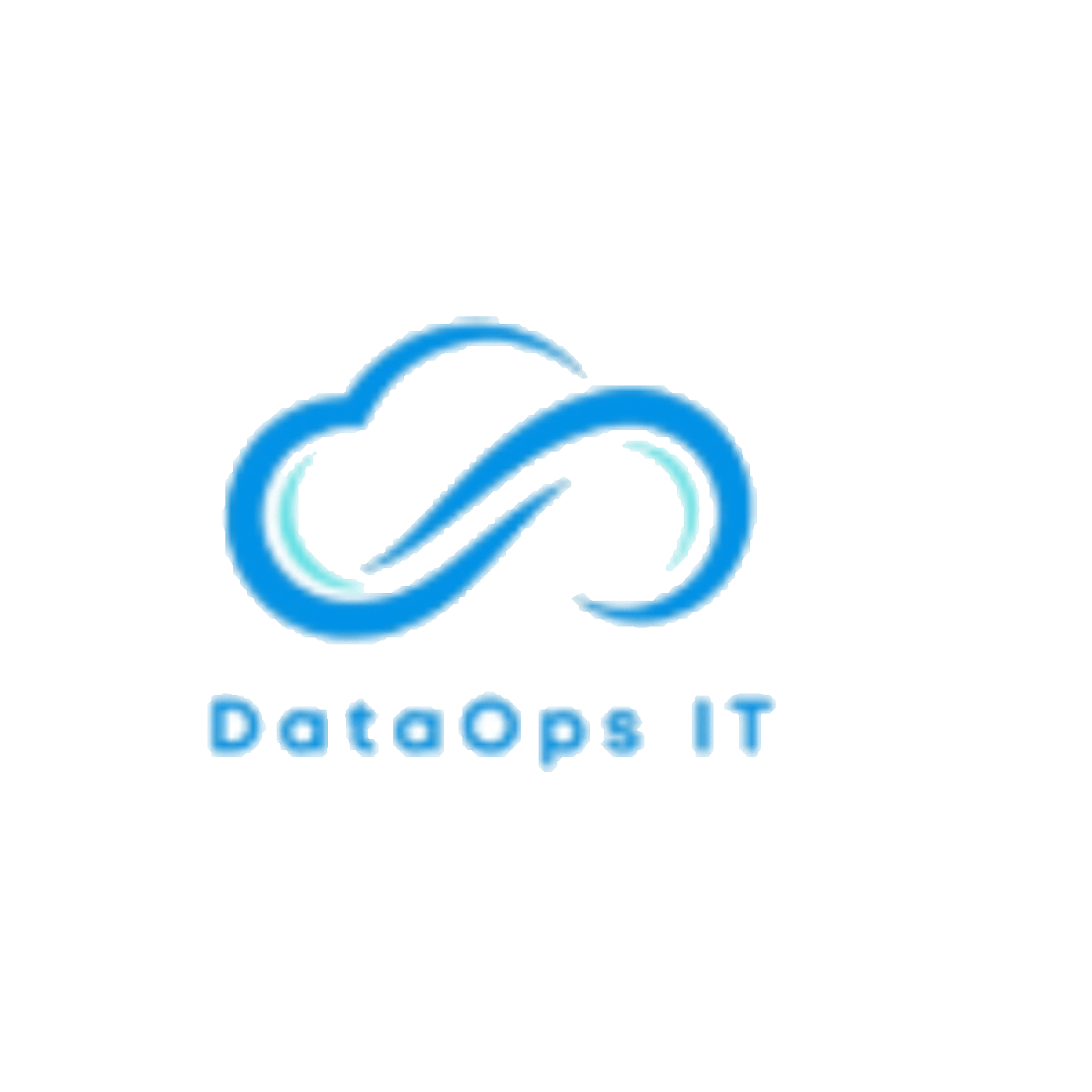The Art of Asking | DataOps IT

Cyber threats aren’t slowing down. But neither is innovation.
As we continue to move our lives, businesses, and data to the digital world, the need for strong cybersecurity measures has never been more urgent. Whether you’re a startup, enterprise, or solo tech founder, understanding the cybersecurity landscape is no longer optional—it’s essential.
According to market projections, the global cybersecurity market is expected to grow from $227.59 billion in 2025 to $351.92 billion by 2030, clocking in a healthy CAGR of 9.1%. That growth tells us something: organizations are investing in security. And you should be, too.
So, what does the current cybersecurity ecosystem look like? Let’s break it down in a simple, no-jargon way.
1. Zero Trust Security by Application
Forget “trust but verify.” In Zero Trust, trust is never assumed—every request is treated as a potential threat.
Here’s how it plays out:
- Access Control: Only the right people get access to the right data.
- API Security: APIs are often backdoor targets. Keeping them secure is key.
- User Behaviour Analytics (UBA): Tracks patterns to detect unusual (and potentially harmful) activity.
- Security Analytics: Turns complex security data into clear, actionable insights.
2. Application Security
Applications are a favorite target for hackers. That’s why they need multiple layers of protection.
- Web Application Firewall (WAF): Acts like a gatekeeper, blocking malicious traffic before it hits your app.
- Runtime Application Self-Protection (RASP): Think of it as a security guard inside your app.
- SAST (Static Testing): Scans your code for bugs before your app goes live.
- DAST (Dynamic Testing): Tests your app while it’s running to catch hidden vulnerabilities.
3. Cloud Security
Cloud adoption is growing—but so are cloud risks. These tools help businesses stay protected:
- Cloud Access Security Broker (CASB): Keeps tabs on who’s using cloud apps and how.
- Cloud Workload Protection Platform (CWPP): Shields workloads from malware and unauthorized access.
- Cloud Identity & Access Management (CIAM): Ensures only the right people can log in.
- Cloud Data Loss Prevention (CDLP): Prevents sensitive information from leaking into the wrong hands.
4. IoT Security
With smart devices everywhere—from your fridge to factory floors—IoT security is a major focus.
- IoT Firewall: Blocks attacks at the network level.
- IoT Security Platform: One dashboard to manage all your connected devices.
- IoT Device Management: Ensures devices are secure and up-to-date.
- IoT Data Security: Keeps your data private, even when it’s coming from a smart toaster.
5. Network Security
The first line of defense is often your network. Here’s what helps keep it secure:
- Intrusion Detection System (IDS): Spots suspicious activity and raises the alarm.
- Intrusion Prevention System (IPS): Doesn’t just alert you—actively blocks threats.
- Network Access Control (NAC): Only lets authorized users onto the network.
- Network Segmentation: Breaks the network into smaller zones, limiting damage if one segment is compromised.
6. Data Security
Data is gold—and hackers know it. Here’s how to protect it:
- Data Loss Prevention (DLP): Stops sensitive information from getting out.
- Data Encryption: Even if data is stolen, it’s unreadable without the decryption key.
- Data Masking: Replaces real data with fake values when used in testing environments.
Final Thoughts: Be Proactive, Not Reactive
Cybersecurity isn’t just for IT teams anymore. It’s for every organization, every founder, and every team member who interacts with technology.
Understanding the key components of today’s cybersecurity ecosystem helps you make better decisions, reduce risks, and build trust with customers.

